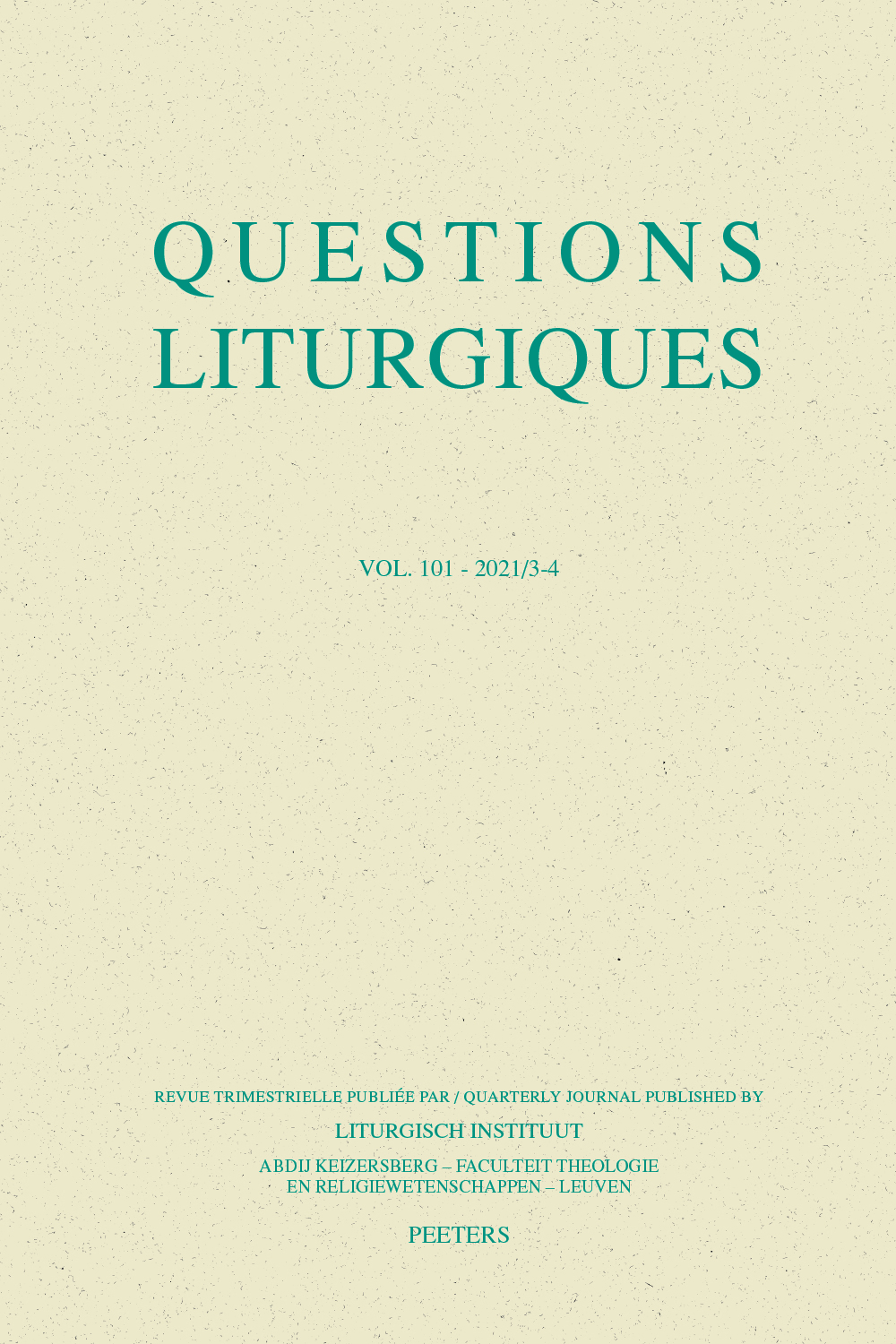 previous article in this issue previous article in this issue | next article in this issue  |

|
Document Details : Title: The Liturgy Debate at Vatican II Subtitle: An Exercise in Collective Responsibility Author(s): LAMBERIGTS, Matthijs Journal: Questions Liturgiques/Studies in Liturgy Volume: 95 Issue: 1-2 Date: 2014 Pages: 52-67 DOI: 10.2143/QL.95.1.3030645 Abstract : The liturgical movement, prior to Vatican II, was not a homogenous project. There were variations in emphasis and approach in the European countries where it began and also among the religious communities promoting it. Liturgical Congresses across Europe in the 1950s extended the impact of the renewal movement which reached a point where there was a greater desire for vernacular liturgies and greater participation by the laity. At the Council, objections to the renewal that had been previously made began to surface and there was an attempt by the Congregation of Rites to restrict the scope of the reform. However, as the Council progressed, it can be seen that various groups of bishops, especially from Africa but also from Latin America and Asia, began to cooperate and speak collectively on the need for the liturgy to be adapted to the cultural and pastoral circumstances of their people. Thus they spoke for the use of the vernacular, concelebration and the freedom to adapt the rites to their particular situations without wanting to have their preferences imposed universally. Within the European context, especially with regard to liturgy, the Episcopal conferences, at the beginning of the Council, seemed to act less collectively. A good number of the tensions that preceded the Council and became visible in the Conciliar debates would impede a fruitful implementation, as hoped for by many. Le mouvement liturgique, antérieur à Vatican II, n’avait pas de projet homogène. Se manifestaient des variations en accentuation et approche dans les contrées européennes où celui-ci débutait et se faisait ainsi connaître parmi les communautés religieuses. Des congrès liturgiques à travers l’Europe vers les années 1950 étendirent l’impact du mouvement rénovateur qui atteignit un niveau où s’exprimait un plus vaste désir de liturgies vernaculaires et de participation liturgique plus large du laïcat. Au Concile des objections envers le renouveau qui avaient déjà été exprimées auparavant commencèrent à se manifester et il y eut une tentative de la part de la Congrégation des Rites de restreindre les objectifs de la réforme. Cependant quand le Concile s’affirma, on constata que différents groupes d’évêques, particulièrement d’Afrique mais également d’Amérique Latine et d’Asie, tinrent à coopérer et s’exprimèrent collectivement pour une adaptation de la liturgie aux modalités culturelles et pastorales de leur peuple. Ils prirent ainsi position pour un usage de la langue vernaculaire, la concélébration et la liberté d’adapter leurs rites à leur situation particulaire sans attendre que leurs préférences soient imposées universellement. À l’intérieur du contexte européen, particulièrement quant au domaine de la liturgie, les conférences épiscopales, au début du Concile, semblent avoir agi moins collectivement. Un grand nombre de tensions qui précédèrent le Concile et qui se firent ouvertement jour durant les débats conciliaires tentèrent d’empêcher une fructueuse implantation, comme espérée par beaucoup. |
|
